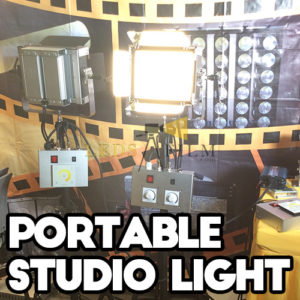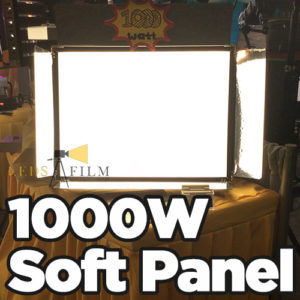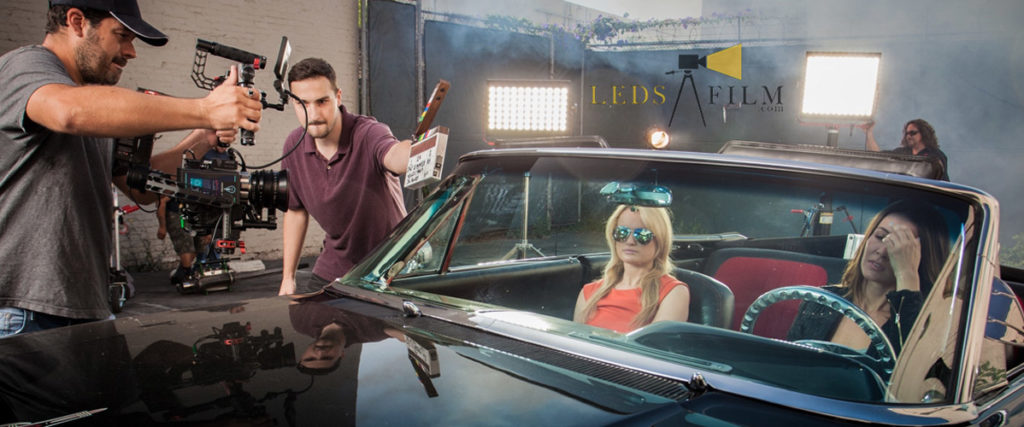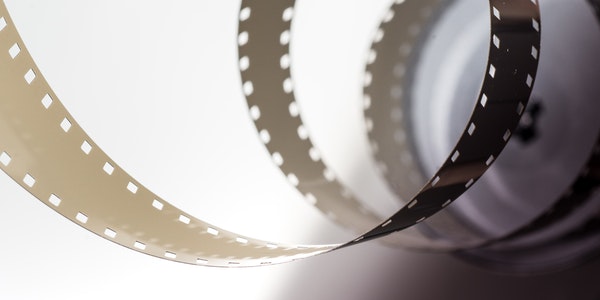Table of Contents
Abstract
The classic Hollywood period of 1930-1950’s is the golden age of film and drama light effect. Later generations use “dramatic lighting effect” to summarize the concept and skills of lighting in classic Hollywood movies.
One is to distinguish it from the lighting concept of “natural lighting effect” which pursues realism later. The other is to emphasize the strong dramatic and aestheticism characteristics of lighting in movies of this period.
Hollywood movies, which seek the commercial selling points of movies with stories, stars and wonders, are keen to explore the light in the world They are more interested in packaging and beautifying stars with beautiful and fine light.
In order to improve efficiency and unify style, Hollywood quickly developed a set of patterned technical skills, and each blockbuster factory has also established a set of lighting rules and visual styles matching with the style of their respective film types – Paramount’s luxury and vanity, MGM’s star charm, and Leighton’s low-key style Even “each type is arranged with a main light tone and contrast range to meet the needs of its performance”.
All of these infiltrate into the production of every film as methods or rules.
John Alton was a first-line photographer in classic Hollywood.
His book “painting with light” was first published in 1949. According to research, it is the first professional book of cinematography written by a working Hollywood photographer.
From the basic concepts and commonly used equipment of cinematography to the common working methods, lighting concepts and complex techniques of creating various special lighting effects in Hollywood film production at that time, this book is a textbook style cinematography work.
Its content is based on the conditions of electrical technology and equipment in 1940s, and is closely related to the production practice of Hollywood films at that time.
Therefore, from the value of historical materials, we can see a precise examination of the lighting concepts and techniques of classic Hollywood movies in painting with light.
Lighting equipment
Classic Hollywood movies are dominated by hard light, and carbon arc lamps of large and small play an important role in movie lighting.
“Painting with light” lists arc lamps from 225A to 150A, 120a and 40A and their usages, which are indispensable lighting tools for various atmosphere lighting effects.
Tungsten filament lamps with Fresnel lens have appeared in the equipment list. They are widely used in the close range lighting of people, especially the 500W and 750W tungsten filament lamps.
Because of their relative lightness, the photographers at that time called them “baby”. At that time, the soft light lamps were mainly tungsten filament incandescent lamps, which acted as the lighting task of base light and background light in the film.
Hollywood’s golden age equipment and technical standards are far more complete and sophisticated than we think.
Take this equipment list to compare with some classic Hollywood movies, it will be more clear about the lighting technique of the film.
In “Casablanca”, which was shot in 1943, the division of lighting caused a rich level of change, and the shadow film was used to make the projection on the background.
The close range of characters is obviously the main light, the auxiliary light, the outline light and the decoration light. At that time, lighting aids such as softener and butterfly cloth had been used for shooting, but their use was far from as extensive as that since the late 1960s.
They were mainly used to soften direct sunlight or spotlight, usually not as the main light. In Casablanca, the modification of Ingrid Bergman is not the soft lighting, but the soft mirror on the lens.
Lighting concept
There are two basic starting points and reference systems for the establishment of lighting concepts and techniques in the period of classic films. The first is classical painting, and the second is stage drama.
Film photography is inspired by the principle of “three aspects and five tones” (light surface, side light surface, backlight surface, highlight, bright surface, gray surface, dark surface and reflection) of painting, and the thinking and method of “three lights and five levels” is established in light modeling Law,
Drawing nutrition from classical painting, “Rembrandt light effect” has become the mainstream lighting method.
At the same time, the film also draws lessons from the lighting method of stage drama, using different directions and textures of light (top light, side light, bottom light, etc.) to strengthen and render emotions.
This kind of light in pursuit of dramatic effect does not exclude realism. In Alton’s book, the purpose of film lighting is summarized as follows: in addition to the correct exposure, the four main purposes of film lighting are: first, positioning – to let the audience know the scene location of the story, secondly, to express the emotional atmosphere, thirdly, to give the painting aesthetic feeling, and fourthly, to express the picture space depth of field, perspective and 3D visual experience.
In concept, the photographer’s understanding of film lighting in that period was basically consistent with that of modern film lighting. But in the specific implementation, when the multiple purposes of lighting cannot be achieved at the same time, Hollywood’s lighting concept chooses to put the beauty and emotion of the picture in the first place, and often ignores the real environmental characteristics and light source basis of the film.
For example, “one night romance” (1933) such night lighting, dramatic film concept and profound commercial appeal. Hollywood’s particular classic style has contributed to it.
Technical skills
Accurate control of division light distribution and light and shade contrast
It can be seen from the films at that time that the division light distribution method of classic Hollywood films has reached maturity.
The light is finely cut out of the brightness, shadow and various light and shade levels required by the image by different forms of light blocking and light transmitting equipment.
Alton’s book analyzes this method from theory to technique — how to use the light and shade of light to structure the picture and express the space, including: creating the depth of field by placing a bright object farthest from the camera.
Many examples can be found from some films at that time, especially black films. It can be seen that the excellent photographers at that time were very skilled in grasping the light structure.
The light effect on the film stars
Star shaping is a compulsory course for Hollywood cinematographers.
In Hollywood, some top stars have the right to choose their own suitable photographers, and some photographers have long won in Hollywood because they are good at Star lighting.
“Painting with light” uses a special chapter to talk about how to take close-up of people, involving different shooting essentials corresponding to different facial features and shooting requirements, as well as the lighting methods and control means of eight lamp system including main light, auxiliary light, supplementary light, outline light, background light, clothing light, eye light and beam light. (Note: the so-called eight light system is basically the same as the star light effect of the classic Hollywood movie “all lights”, but it is more detailed in the decorative light.)
It can be seen from this that the photographers at that time had great efforts and skills in shaping the characters.
Both the soft light source and the soft light mirror can beautify the characters, make the rough skin delicate and soften the facial shadow.
However, the classic Hollywood movies chose the soft light mirror with more obvious modification instead of the later soft light source.
As the image fashion of the classic Hollywood, this kind of soft light mirror effect was popular until the mid-1950s and appeared in the color films of the 1970s Once again, and still has applications.
By comparing the photos of Ingrid Bergman shooting Casablanca in Hollywood with those in Italian Neo realism director Giuseppe Rossini’s films, we can see that the lighting effect of Hollywood stars is different from that of European realism films.
